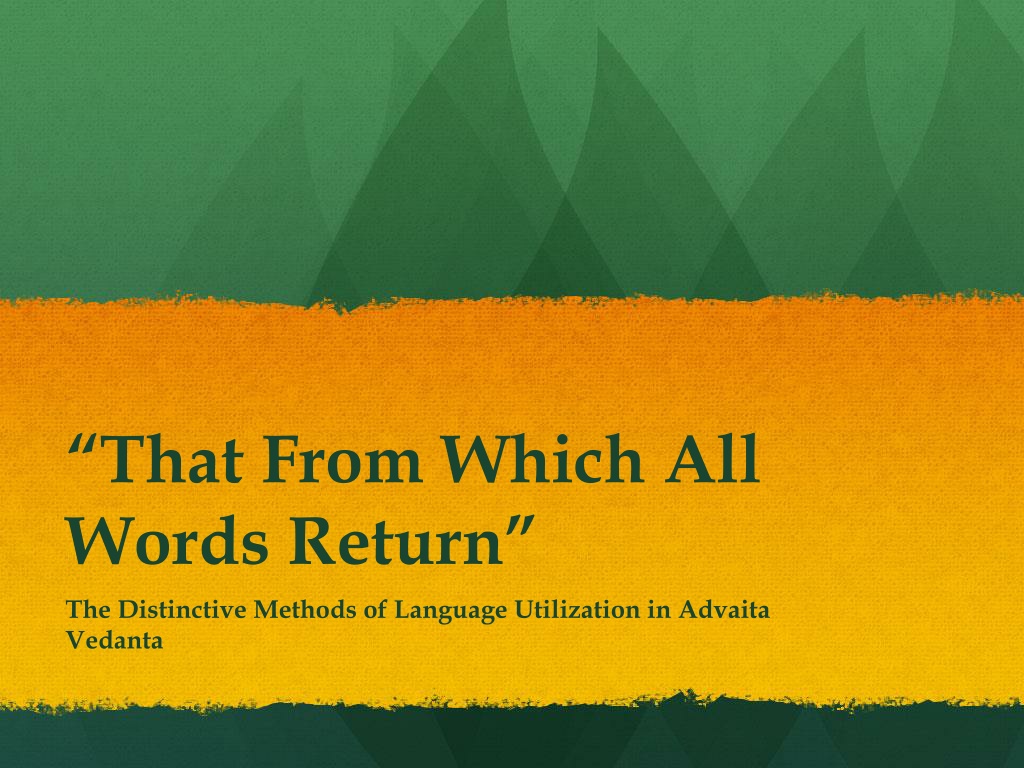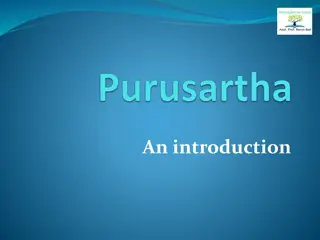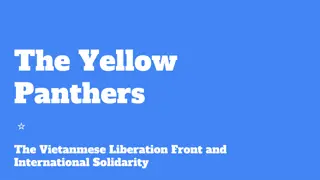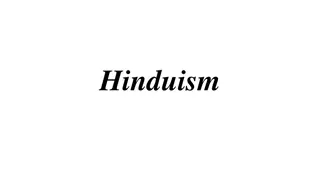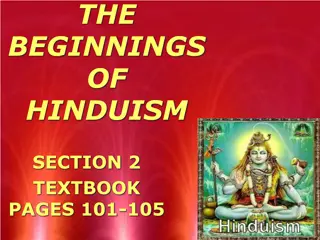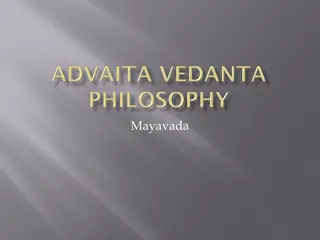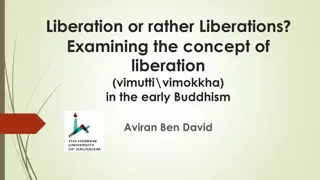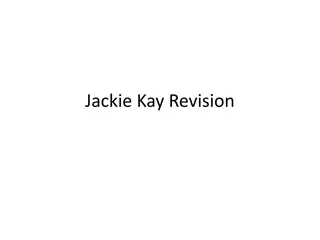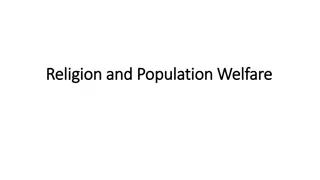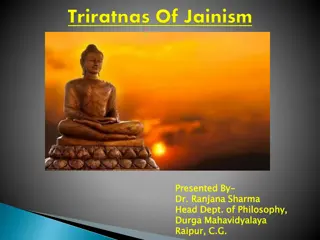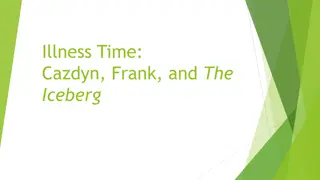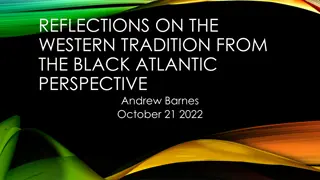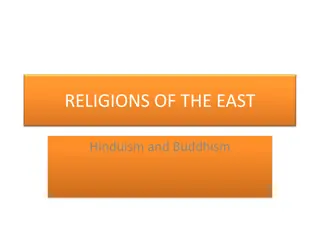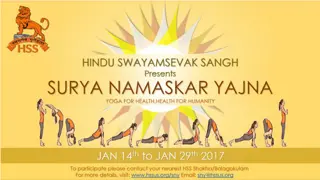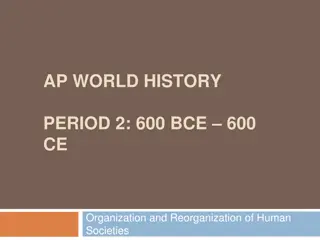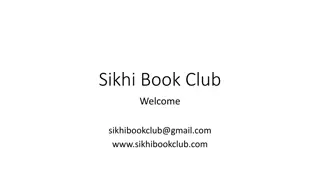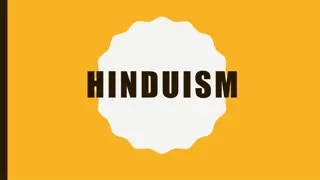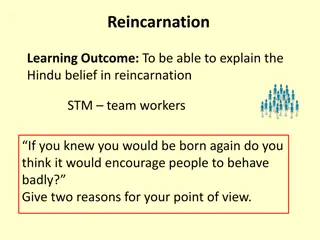Insights into Advaita Vedanta and Hinduism: Tradition, Knowledge, and Liberation
Explore the profound concepts of Advaita Vedanta and the rich diversity of Hinduism. Dive into the distinctive methods of language utilization, the tradition's reliance on Vedas and Upanishads, the criteria for valid knowledge, the essence of Brahman as the ultimate reality, and the challenges in knowing Brahman. Discover the path to liberation through overcoming ignorance and the unique perspective of non-duality in Advaita philosophy.
Download Presentation

Please find below an Image/Link to download the presentation.
The content on the website is provided AS IS for your information and personal use only. It may not be sold, licensed, or shared on other websites without obtaining consent from the author. Download presentation by click this link. If you encounter any issues during the download, it is possible that the publisher has removed the file from their server.
E N D
Presentation Transcript
That From Which All Words Return The Distinctive Methods of Language Utilization in Advaita Vedanta
Hinduism: The Richness of Diversity An ancient, large and many-branched family, recognizable through vital common features, but preserving also the rich uniqueness of its individual members. Reflects the astonishing variation in geography, language, and culture across the Indian subcontinent.
The Tradition of Advaita Ved nta Looks to four Vedas (Rg Sama Yajur Atharva) as sources of authoritative knowledge Focuses especially on the Upanishads, the last sections of the Vedas Vedanta-end of the Vedas Upanishads, Bhagavadgita and Brahmasutra- three pillars of Advaita Shankara 8thCE-principal exponent
. Words As Valid Source of Knowledge Valid knowledge, according to Advaita, has the characteristic of corresponding to the nature of reality. The source of such valid knowledge is known as a pram a
Criteria of Valid Knowledge Must inform us of a subject matter that is not known or knowable through any other valid way of knowing. The second criterion that a source of valid knowledge must satisfy is non-contradictedness.
Brahman As Subject of the Upanishads Advaita literally means non-two. Brahman constitutes the true being, the ultimate selfhood of the world and the human being. At the heart of the human problem is ignorance (avidya) of brahman Liberation (moksha), attainable here and now, is synonymous with the overcoming of ignorance (avidya)
The Problem of Knowing Brahman Limits of sense-knowledge Limits of inferential reasoning Impossibility of objectifying Brahman Kena Upanishad (5): That which one does not see with the eyes, but by which the eyes are seen, know that alone to be Brahman and not this that people worship as an object.
Advaita Is Not Skeptical Brahman is unknowable in the manner of an object. Brahman is unknown in the sense of being undisclosed through other sources.
The Method of Language Utilization in Advaita The Method of Superimposition and De- Superimposition (Adhy ropa-Apav da) Bhagavadg t 13:13-14: With hands and feet everywhere, with eyes and heads and mouths everywhere, with hearing everywhere, That exists enveloping all. Shining by the functions of all the sense organs, yet without the senses; unattached, yet supporting all; devoid of qualities, yet enjoying qualities.
The Method of Language Utilization in Advaita Upanishad 4-5: It is the unmoving One, swifter than the mind. The senses could not overtake It since It ran ahead. Standing still, It outruns others that are running. It being there, Matarisvan supports all activities. That Move; That does not move; That is far off; That is very near. That is inside all; That is outside all.
The Method of Language Utilization in Advaita The Method of Negation (Neti Net) Mundaka Upanishad 1.1.6: That which is invisible, ungraspable, without lineage, without color without eyes or ears, without hands or feet, eternal, omnipresent, and very subtle. That is the undiminishing, seen by the wise as the source of all. Katha Upanishad 1.2.20: One becomes freed from the jaws of death by knowing That which is wordless, untouched, formless, without taste, eternal, without scent, without beginning, without end, undecaying and greater that the great.
The Method of Language Utilization in Advaita The Method of Implication (Lakshana) Taittiriya Upanishad 2.1.1. Brahman is reality, knowledge and Infinite. (Satyam J anam Anantam Brahma)
Conclusion Shankara is able to accept Veda sentences speaking of the limits of language as well the the fact that words constitute the valid means of knowing. Negative methods do not lead to nihilism.
Brahmastra Commentary 3.2.22: As for the statement that Brahman is beyond speech and mind, that is not meant to imply that Brahman is nonexistent. For it is not logical to deny that very Brahman after establishing It with a great show of girding up one s loins in such sentences of the Uopanishads as The knower of Brahman attains the highest, and Brahman is Truth, Knowledge, Infinity; for, as the popular saying has it, Rather than wash away the mud, it is better to avoid its touch from a distance.
Brahmastra Commentary 3.2.22 As a matter of fact, the text, Failing to reach which, words turn back with the mind, presents only a process of propounding about Brahman. The idea expressed is this: Brahman is beyond speech and mind; It cannot be classed with objects of knowledge; It is one s inmost Self; and It is by nature eternal, pure, intelligent and free.
